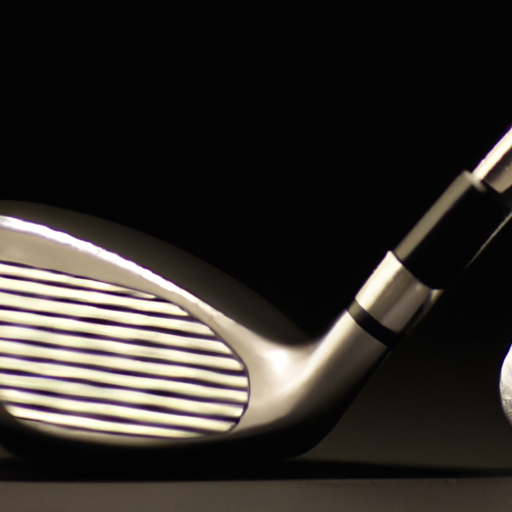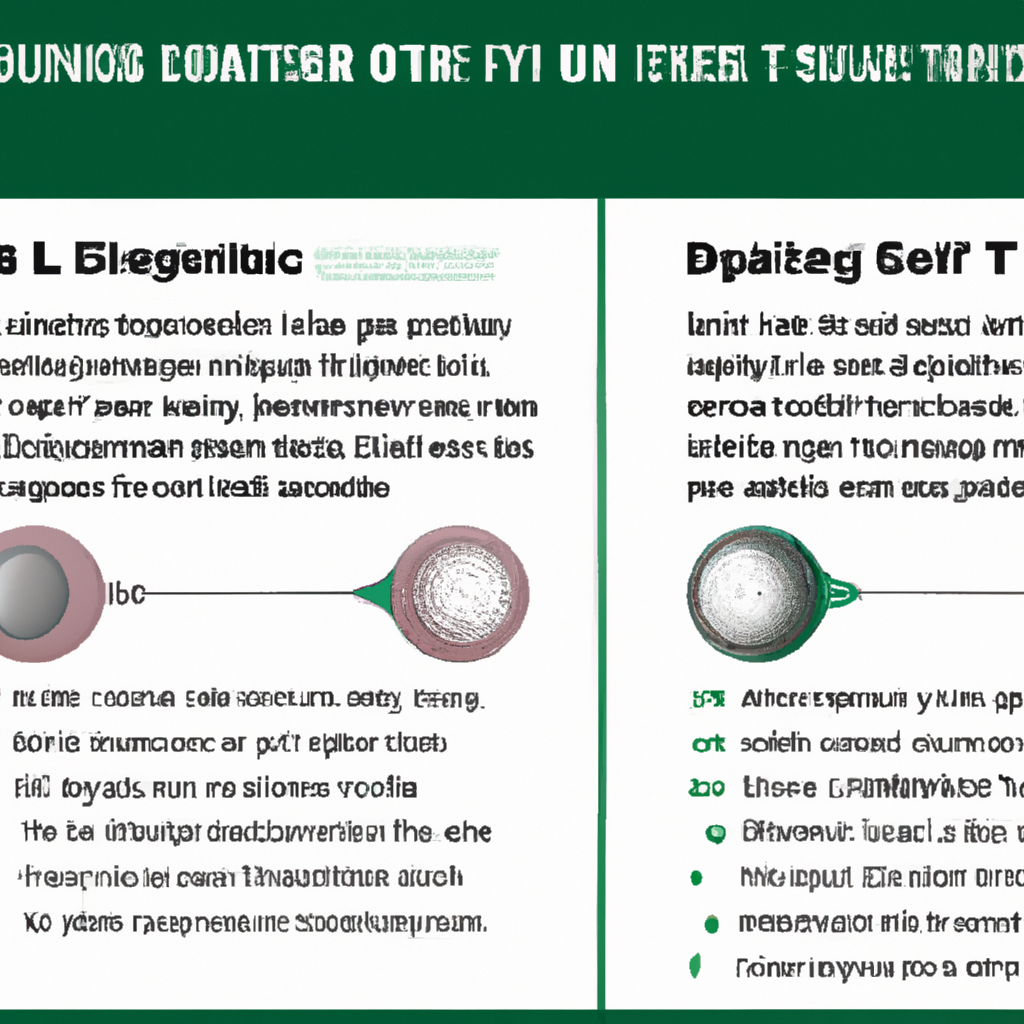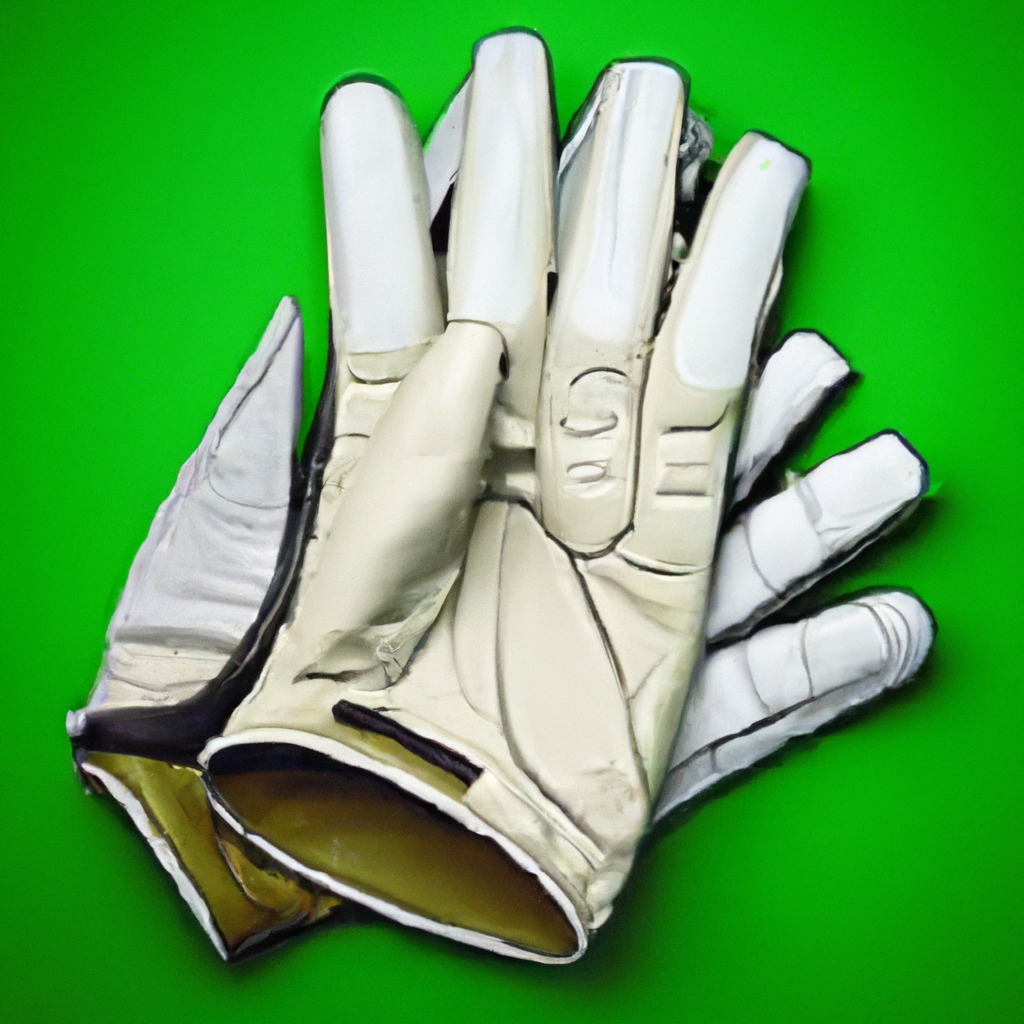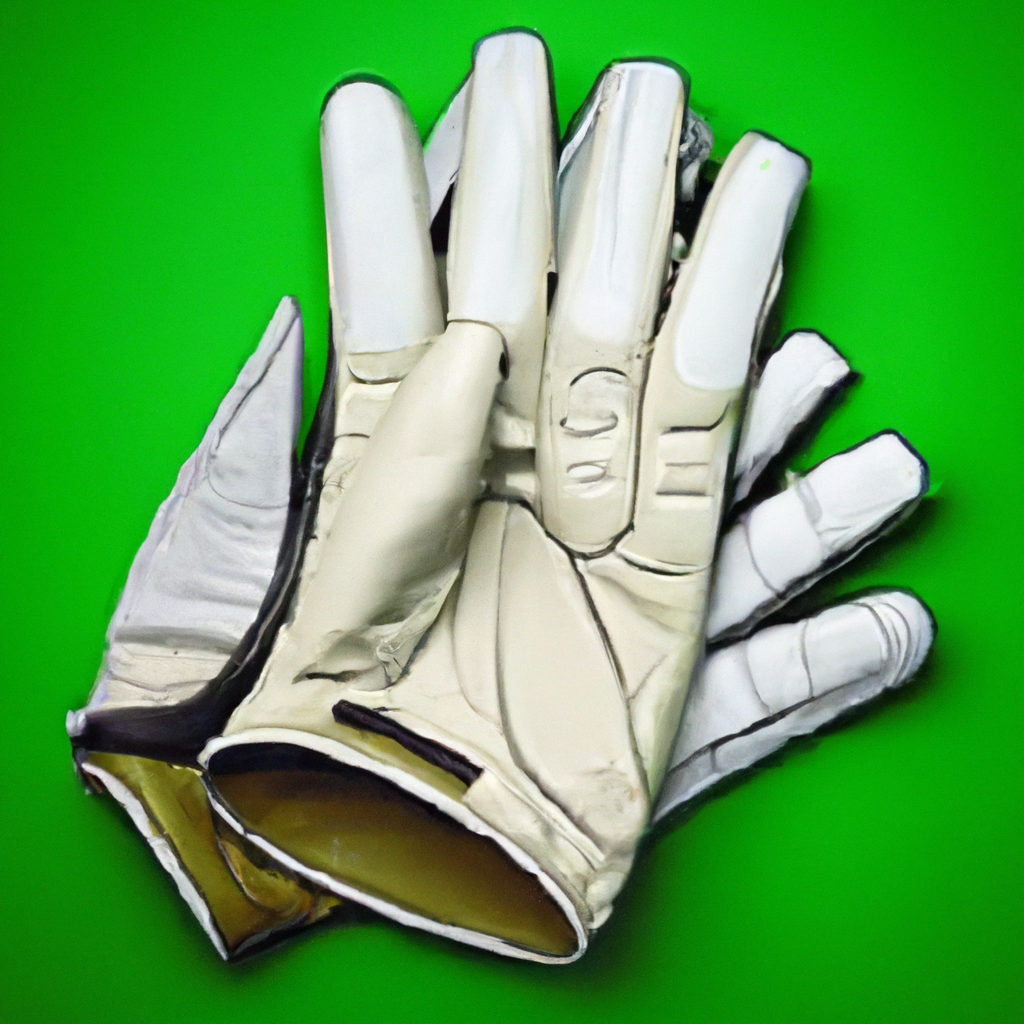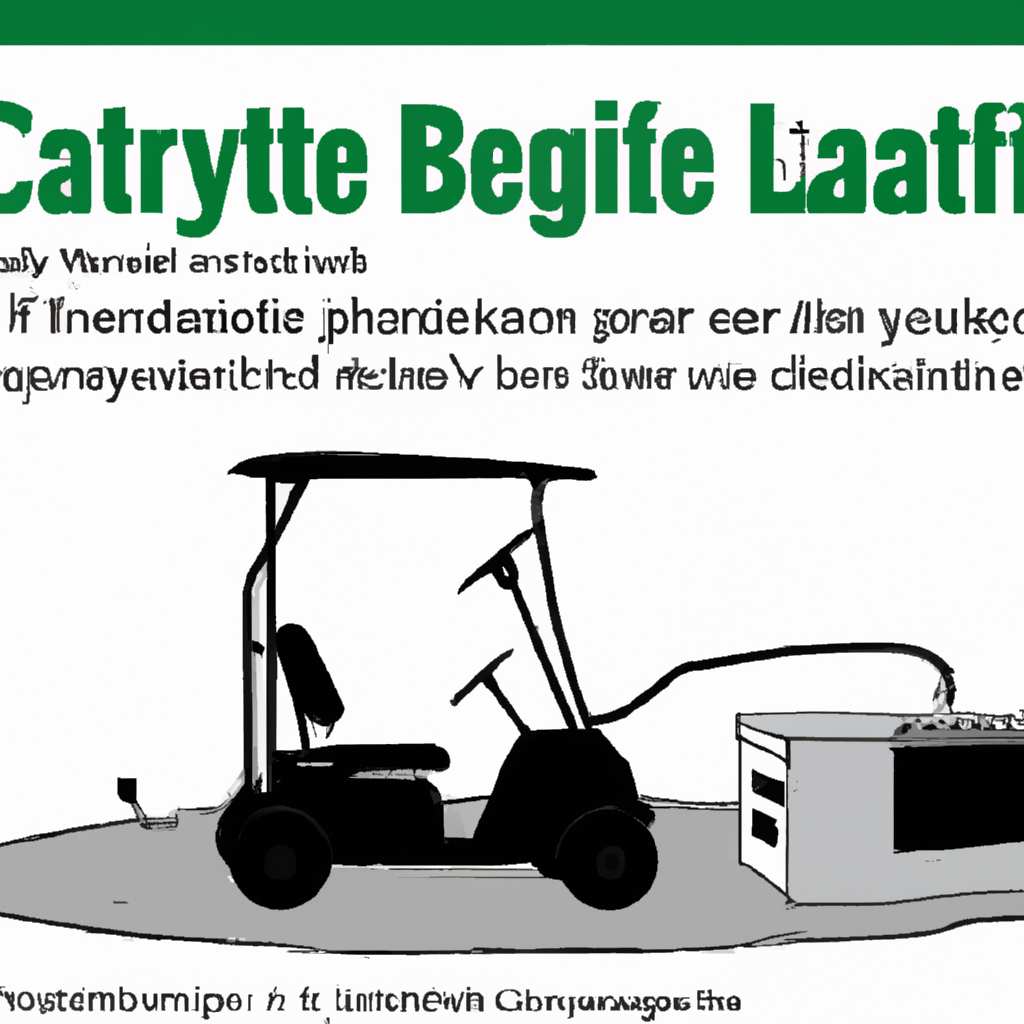Imagine cruising along the lush fairways of a golf course, feeling the gentle breeze on your face as you navigate effortlessly in your trusty golf cart. But have you ever wondered about the lifespan of those crucial little powerhouses that keep the wheels in motion? Yes, I’m talking about golf cart batteries. In this article, we’ll unveil the secret behind their longevity, shedding light on how long these batteries can really last. So, grab your clubs, hop on board, and let’s embark on a fascinating journey into the world of golf cart batteries.

Factors Affecting Lifespan of Golf Cart Batteries
When it comes to the lifespan of golf cart batteries, there are several factors that can play a significant role. Understanding these factors is essential for ensuring the longevity and optimal performance of your batteries. Let’s take a closer look at each of these factors:
Battery Type
The type of battery you choose for your golf cart is one of the primary factors that affect its lifespan. There are various types of batteries available in the market, including flooded lead-acid batteries, sealed lead-acid batteries, gel batteries, and AGM (Absorbent Glass Mat) batteries. Each type has its own pros and cons in terms of performance and lifespan.
Battery Maintenance
Proper battery maintenance is crucial for increasing the lifespan of golf cart batteries. Regular cleaning of the battery terminals and ensuring they are free from corrosion and dirt can help prevent any interruptions in the flow of electricity. Additionally, checking and maintaining the water levels and electrolyte levels in flooded lead-acid batteries is essential for their optimal functioning.
Charging Practices
The way you charge your golf cart batteries also plays a vital role in determining their lifespan. Overcharging or undercharging can significantly reduce the battery’s overall performance and longevity. It is important to follow the manufacturer’s recommendations for charging, including using the correct voltage and amperage for charging your batteries.
Climate Conditions
The climate in which you operate your golf cart can have a substantial impact on the lifespan of its batteries. Extreme temperatures, whether it’s excessive heat or extreme cold, can accelerate the aging process of batteries. Additionally, high humidity and moisture levels can lead to corrosion and damage to the battery terminals.
Usage Frequency
The frequency at which you use your golf cart can affect the lifespan of its batteries. Daily use puts more strain on the batteries, causing them to wear out faster. Conversely, occasional or seasonal use can result in longer lifespans. It is important to find the right balance between usage and battery lifespan.
Storage Conditions
Proper storage conditions during periods of non-use can significantly impact the aging of golf cart batteries. Disconnecting the battery when it is not in use can prevent any parasitic drains and increase its overall lifespan. Prior to storing the cart, it is essential to ensure the battery is fully charged. Moreover, storing the batteries in a location with an ideal temperature can help prevent any potential damage.
Now that we have explored the factors affecting the lifespan of golf cart batteries, let’s dive deeper into the different types of batteries commonly used in golf carts.
Different Types of Golf Cart Batteries
Not all golf cart batteries are created equal. There are several types of batteries on the market, each with its own advantages and disadvantages. Understanding the differences between these battery types can help you make an informed decision when it comes to choosing the right battery for your golf cart. Here are the four main types of golf cart batteries:
Flooded Lead Acid Batteries
Flooded lead-acid batteries are the most common and affordable type of golf cart batteries. They require regular maintenance, including checking and maintaining the water levels and electrolyte levels. These batteries are known for their reliability and durability, making them a popular choice.
Sealed Lead Acid Batteries
Sealed lead-acid batteries, also known as SLA batteries, are maintenance-free batteries. They are sealed, and therefore, do not require any water or electrolyte maintenance. These batteries are spill-proof and can be mounted in any position, offering greater flexibility in terms of installation. However, they are generally more expensive than flooded lead-acid batteries.
Gel Batteries
Gel batteries are a type of sealed lead-acid battery. They are filled with gel-like electrolyte, making them spill-proof and maintenance-free. These batteries are known for their longer lifespan and better tolerance for deep discharge cycles. However, they are more sensitive to overcharging and require specific charging methods.
AGM Batteries
AGM batteries, short for Absorbent Glass Mat batteries, are another type of sealed lead-acid battery. These batteries use a fiberglass mat to hold the electrolyte, which reduces the risk of spillage. They are maintenance-free and have a higher tolerance for deep discharges compared to flooded lead acid batteries. AGM batteries are widely used in golf carts due to their superior performance and longer lifespan.
Now that we have explored the different types of golf cart batteries, let’s move on to the maintenance tips that can help prolong their lifespan.
Battery Maintenance Tips
Proper maintenance is essential for extending the lifespan of your golf cart batteries. Here are some maintenance tips to keep in mind:
Regular Cleaning
Regularly cleaning your golf cart batteries, especially the terminals, is critical for preventing corrosion and ensuring a good electrical connection. Use a mixture of baking soda and water to clean the terminals and a wire brush to remove any corrosion.
Watering and Electrolyte Levels
If you have flooded lead-acid batteries, it is important to check the water levels regularly and replenish as needed. Maintaining the correct electrolyte levels is crucial for the batteries to function optimally. Follow the manufacturer’s recommendations for the proper water level and use distilled water for refilling.
Terminal Maintenance
Inspect the battery terminals regularly for any signs of corrosion or dirt. Corrosion can hinder the flow of electricity and reduce the battery’s performance. Clean the terminals using a battery terminal cleaner or a mixture of baking soda and water. Ensure that the terminals are tightened securely after cleaning.
Preventing Deep Discharge
Deep discharges can significantly reduce the lifespan of golf cart batteries. Avoid letting the battery charge drop below 50%, as this can lead to permanent damage. If your golf cart has a State of Charge (SOC) meter, use it to monitor the battery’s charge level and avoid deep discharges.
Equalization Charging
For flooded lead-acid batteries, periodic equalization charging is recommended to balance the charge in each individual cell. This process helps prevent stratification and ensures the batteries perform optimally. Follow the manufacturer’s guidelines for equalization charging.
By following these battery maintenance tips, you can maximize the lifespan of your golf cart batteries. Now let’s explore the importance of proper charging practices and how they can impact battery lifespan.

Importance of Proper Charging Practices
Proper charging practices are vital for maintaining the performance and lifespan of golf cart batteries. Here’s why:
Avoiding Overcharging
Overcharging can lead to excessive heat generation and damage to the battery plates, resulting in reduced battery life. It is important to use a charger with an automatic shut-off feature or a smart charger that stops charging when the battery reaches a full charge. Avoid leaving the batteries connected to the charger for extended periods.
Avoiding Undercharging
Undercharging can result in sulfation, a process that occurs when lead sulfate crystals build up on the battery plates. This can lead to reduced battery capacity and performance over time. It is crucial to ensure that the batteries are fully charged before each use and avoid leaving them in a discharged state for prolonged periods.
Using Correct Voltage and Amperage
Using the correct voltage and amperage for charging your golf cart batteries is essential for their optimal performance and longevity. Refer to the manufacturer’s recommendations for the specific charging requirements of your batteries. Using a charger with adjustable voltage and amperage settings can help ensure the batteries are charged correctly.
Now that we understand the importance of proper charging practices, let’s explore how climate conditions can affect the lifespan of golf cart batteries.
Impact of Climate Conditions
The climate in which you operate your golf cart can significantly impact the lifespan of its batteries. Let’s take a closer look at how different climate conditions can affect the batteries:
Extreme Heat
Extreme heat can accelerate the chemical reactions within the batteries, causing them to degrade faster. High temperatures can lead to increased water evaporation in flooded lead-acid batteries, requiring more frequent maintenance. It is crucial to provide proper ventilation and shield the batteries from direct sunlight to mitigate the effects of extreme heat.
Extreme Cold
Extreme cold can also affect the performance and lifespan of golf cart batteries. Cold temperatures can slow down the chemical reactions within the batteries, reducing their overall capacity and power output. It is recommended to use battery blankets or insulation to keep the batteries at an ideal temperature during colder months.
Humidity and Moisture
High humidity and moisture levels can lead to corrosion and damage to the battery terminals. It is important to regularly inspect and clean the terminals to prevent any interruptions in the flow of electricity. Additionally, storing the batteries in a dry and well-ventilated area can help mitigate the effects of humidity and moisture.
Now that we have discussed the impact of climate conditions, let’s explore how the frequency of usage can affect the lifespan of golf cart batteries.
Effect of Usage Frequency on Battery Lifespan
The frequency at which you use your golf cart can have a significant impact on the lifespan of its batteries. Let’s examine the three different usage frequencies and their effects:
Daily Use
Using a golf cart on a daily basis puts more strain on the batteries, causing them to wear out faster. Constant charging and discharging cycles can gradually reduce the battery’s overall capacity and performance. With daily use, it is essential to closely monitor the battery’s charge level and follow proper charging practices to ensure longevity.
Occasional Use
Using a golf cart occasionally, such as during weekends or for special occasions, can result in longer battery lifespans. The batteries have more time to recover between usage, leading to less strain and wear. However, it is still essential to follow proper charging practices and maintenance routines to maximize the batteries’ lifespan.
Seasonal Use
Using a golf cart seasonally, during specific times of the year, provides the longest battery lifespan. As the batteries are not constantly subjected to charging and discharging cycles, they have more time to rest and maintain their capacity. It is important to properly store the batteries during the off-season and follow the recommended maintenance routines.
Now let’s explore the impact of storage conditions on the aging of golf cart batteries.
Storage Conditions and Battery Aging
Proper storage conditions during periods of non-use can significantly impact the aging of golf cart batteries. Here are some key considerations:
Disconnecting the Battery
When storing your golf cart for an extended period, it is crucial to disconnect the battery to prevent any parasitic drains. This will help ensure that the battery retains its charge and does not become completely discharged, which can lead to irreversible damage.
Proper Charging Before Storage
Before storing your golf cart, it is essential to fully charge the batteries. This ensures that the battery has sufficient capacity to maintain its charge during the storage period. It is advisable to follow the manufacturer’s guidelines for charging and use a smart charger that automatically shuts off when the battery reaches a full charge.
Ideal Storage Temperature
Storing the batteries at an ideal temperature is important to prevent premature aging. Extreme temperatures, both cold and hot, can have adverse effects on battery performance and lifespan. It is recommended to store the batteries in a dry and well-ventilated area that maintains a moderate temperature.
Now that we have covered the various storage considerations, let’s discuss the signs of battery aging and when replacement might be necessary.
Signs of Battery Aging and Replacement
Over time, golf cart batteries will show signs of aging, indicating the need for replacement. Here are some common signs to look out for:
Decreased Driving Range
As batteries age, their overall capacity decreases, resulting in a reduced driving range. If you notice that your golf cart cannot travel as far on a single charge as it used to, it may be a sign that the batteries are nearing the end of their lifespan.
Weaker Acceleration
Aging batteries may also cause a decrease in acceleration power. If your golf cart feels sluggish or takes longer to reach its desired speed, it could indicate that the batteries are no longer functioning at their optimal level.
Longer Charging Time
As batteries age, they may take longer to charge fully. If you notice that your golf cart batteries are taking significantly longer to charge than usual, it might be time to consider replacing them.
Visible Damage
Physical signs of damage, such as leaks, bulging, or cracked casings, are clear indicators that the batteries need to be replaced. If you notice any visible damage, it is important to address the issue promptly and replace the batteries to ensure your safety and the optimal performance of your golf cart.
Now that we have discussed the signs of aging, let’s touch upon the importance of battery recycling and proper disposal methods.
Battery Recycling and Disposal
Proper disposal and recycling of golf cart batteries are essential for minimizing environmental impact and ensuring the responsible handling of hazardous materials. Let’s explore the importance of battery recycling and proper disposal methods:
Environmental Impact of Batteries
Golf cart batteries contain hazardous materials such as lead and sulfuric acid, which can be harmful to the environment if not disposed of properly. Recycling batteries helps prevent these toxic materials from entering landfills and potentially contaminating soil and water sources.
Proper Disposal Methods
When it is time to replace your golf cart batteries, it is important to dispose of them properly. Many local recycling centers, automotive shops, and battery retailers offer battery recycling programs. Contact these facilities to inquire about their recycling protocols and drop-off locations.
Recycling Programs
Battery recycling programs are designed to collect and process used batteries in an environmentally responsible manner. These programs ensure that the batteries are recycled, and the recyclable materials are recovered and reused. Participating in battery recycling programs helps protect the environment and conserve valuable resources.
In conclusion, the lifespan of golf cart batteries can be influenced by various factors, including the battery type, maintenance practices, charging methods, climate conditions, usage frequency, and storage conditions. By understanding these factors and following proper maintenance and charging practices, you can extend the lifespan of your golf cart batteries and maximize their performance. It is also important to be aware of the signs of battery aging and know when to replace them. Finally, remember the importance of battery recycling and responsible disposal to minimize environmental impact. With the right knowledge and care, you can enjoy prolonged battery life and a smooth golf cart experience.

